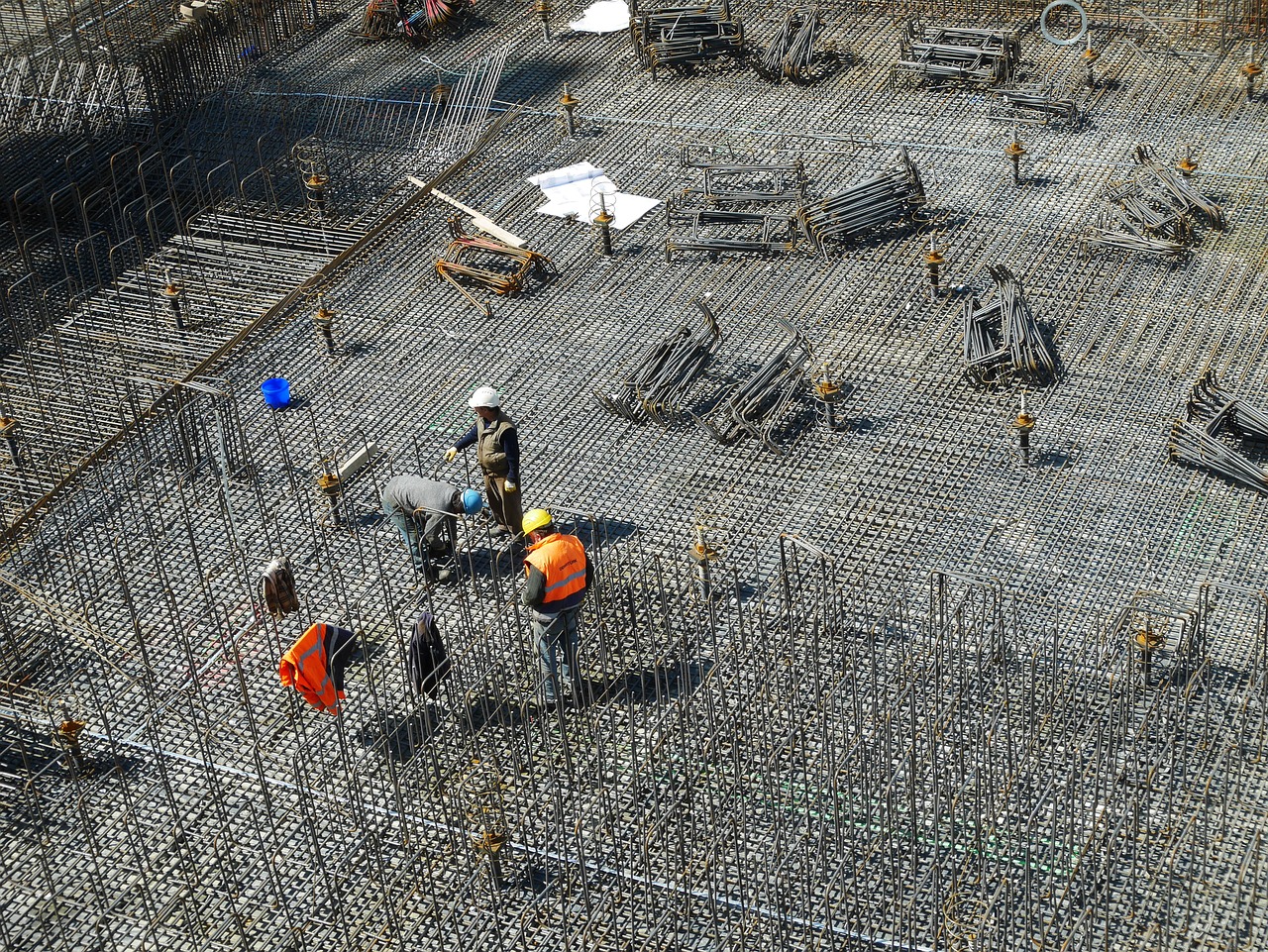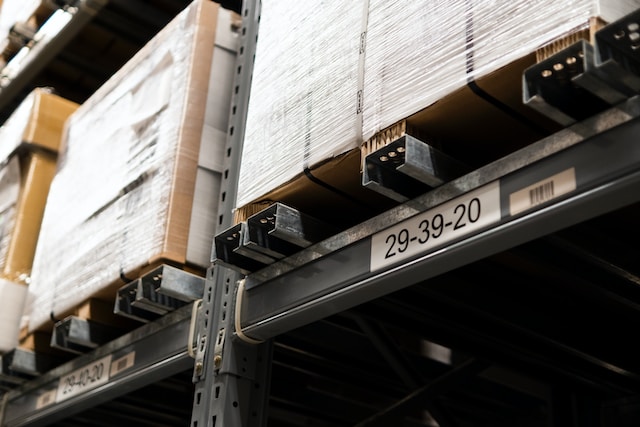COVID-19 has certainly changed the way a lot of businesses operate in a short amount of time. Already, many companies have had to adjust their operations by instilling additional safety and sanitation measures to keep both employees and customers protected.
The construction industry has had to adjust, too. Although most construction projects are considered to be essential and their progress never stopped – even during the beginning phases of quarantine – many adjustments had to be made to keep workers safe from the threat of the virus.
Now, there is an urgent need for the construction industry to restructure in response to Covid-19 to create more permanent solutions for safety measures. Construction safety equipment means more these days than just protection for workers from common injuries like falls and slips. New safety procedures must be implemented for complete protection to create a truly safe working environment.
Here are four essential pieces of construction safety equipment workplaces will need to move forward safely and efficiently.
Personal Protective Equipment
We are all well aware of the importance of wearing personal protective equipment (PPE) in public spaces. Most stores and establishments are currently requiring that masks be worn upon entry. Many people are also wearing gloves and face shields to keep themselves and others protected.
Construction sites have always had to have a supply of PPE on-hand for specific tasks. Hardhats are required to be worn at all times on job sites. Many workers also wear eye and face protection, gloves, and safety harnesses when operating certain equipment or tools. A lack of sufficient or effective PPE is one of the most common OSHA violations cited for construction companies.
In the time of a global pandemic, it is more important than ever that construction sites have enough PPE for every single employee to wear throughout the workday. This should include the essential safety gear required for each job assignment, along with:
- Masks, preferably N95, or other types of face coverings designed to cover the nose and mouth.
- Respiratory protection for specific tasks to protect workers from dust, fumes, and dangerous vapors. These must be compliant with OSHA’s Respiratory Protection standards.
- Gloves should be worn at all times and switched out after potential contamination.
Additional Training Resources
Construction safety training traditionally covers topics related to physical safety, such as hazard communication, proper equipment operations, and procedures to prevent common worksite injuries.
COVID-19 has impacted numerous aspects of construction safety training. Now, new training may be required to teach workers how to follow new regulations to keep them safe from this additional health threat.
For instance, it is recommended that all workers limit physical contact with others and create distances of at least six feet between each other when possible. To maintain these safe social distances, workers may need to relearn certain operating procedures.
Additionally, workers will need to learn how to properly use equipment to minimize contact, along with proper sanitation methods. This may require a new order of operations – which includes sanitizing all tools and equipment between uses or at the end of the workday.
Firms should utilize construction safety training systems that provide resources that can be easily accessed for specific situations. This can help both employees and managers to ensure that everyone is following the correct safety procedures.
Cleaning and Sanitation Stations
Construction sites must provide additional sanitation stations so all workers can keep themselves and their equipment clean. This will include increasing the number of handwashing stations so they surround the work vicinity. For convenience, hand sanitizer containers should also be available in the workplace for quick hand cleaning as needed.
There should be designated stations set up for collecting used PPE for proper sanitization or disposal. Sites need specific bins to collect Items like gloves and disposable masks, as well as containers for items which will be cleaned, like respirator masks, goggles, and hardhats.
Health Record Keeping
OSHA has set out some new health regulations for construction businesses in response to COVID-19. One of these recently revised enforcement guides requires that all businesses keep careful records of all reported incidents and illnesses of employees.
It is recommended that all employees receive a temperature scan upon arrival and are not allowed to enter if their temperature is above the normal range. If any employees are exhibiting or reporting symptoms related to COVID-19 (such as coughing, fever, or loss of smell and taste), they should be sent home.
Managers need to keep track of employment and attendance records in case there is a outbreak. Say that a worker tests positive for COVID – and possibly worked when infectious. Managers would be responsible for tracking all employees that came into contact with that worker during those days and notify them immediately.
Conclusion
Efficiency and safety have always been top concerns for the construction industry – but these two things are more important than ever these days. It is crucial to understand that following new safety guidelines does not have to slow down progress to be effective. There are some simple (but essential) measures to take to create a safe working environment that keeps everyone protected from the dangers of COVID-19.
Author Bio: My name is Troy Clark. I am the Owner of MSC Safety Solutions. I have worked in the safety industry for more than 20 years specializing in construction and general industry policy development, behavioral-based safety, fall protection, and safety management principles.







